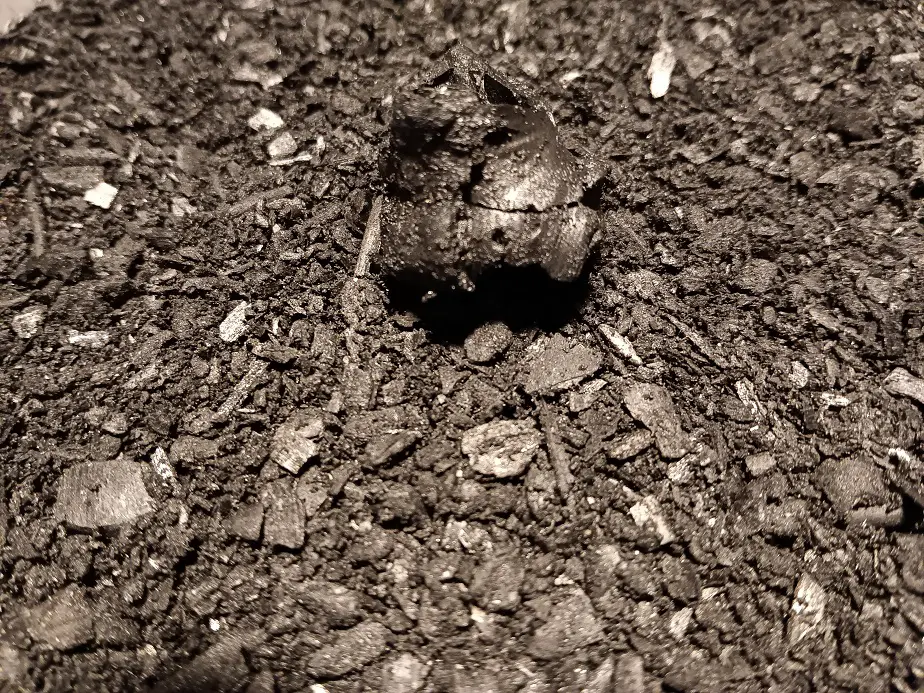I’ve been using biochar more and more lately. Here’s what I’ve learned about it so far.
Don’t Topdress
When applying biochar, It should never be topdressed or applied on top of the soil and left there. Biochar, particularly the more popular powdered type, will weather and blow away because it’s such a lightweight material when dry. So, topdressed biochar can and does erode with wind and water movement just like an uncovered topsoil.
Topdressing prevents biochar from being able to fully enact its beneficial properties of moisture retention, nutrient capture, and microbiome-benefiting properties. The most functional point of biochar is in how it absorbs both water and plant nutrients. If it’s on top of the soil, it’s not going to do either very well. It will sit in the sun where it dries out, and where plant roots can’t get to it anyways.
If you’re planning on mulching over it, then an initial top dress would be fine. But if you’re going to leave it there in the open air, reconsider. It’s not a fertilizer. It’s not going to dissolve into the ground or work itself into the soil. There is one exception tio that. If you are adding a fine-granulation biochar onto a turf, it will somewhat work into the soil. The thick mat-like green will prevent a lot of erosion, and earthworms will actually carry the powdered char into the soil over time.
If you do go that route, You’ll want to water it in well. Not so much that it starts running off, but enough that it’s thoroughly wetted and will start to bond with the minerals in the soil so it doesn’t blow away. For any other function, I don’t recommend it.
Biochar needs to be mixed or inserted into the ground in some fashion. I use a plow or tiller to get it in the soil initially. I’ll spread it on top and mix it in. My neighbor used some biochar last year. He applied it with a trencher applicator. Basically a deep cultivator rake with a nozzle on the bottom of each tine. That put powdered char/water mix about 14 inches into the soil.
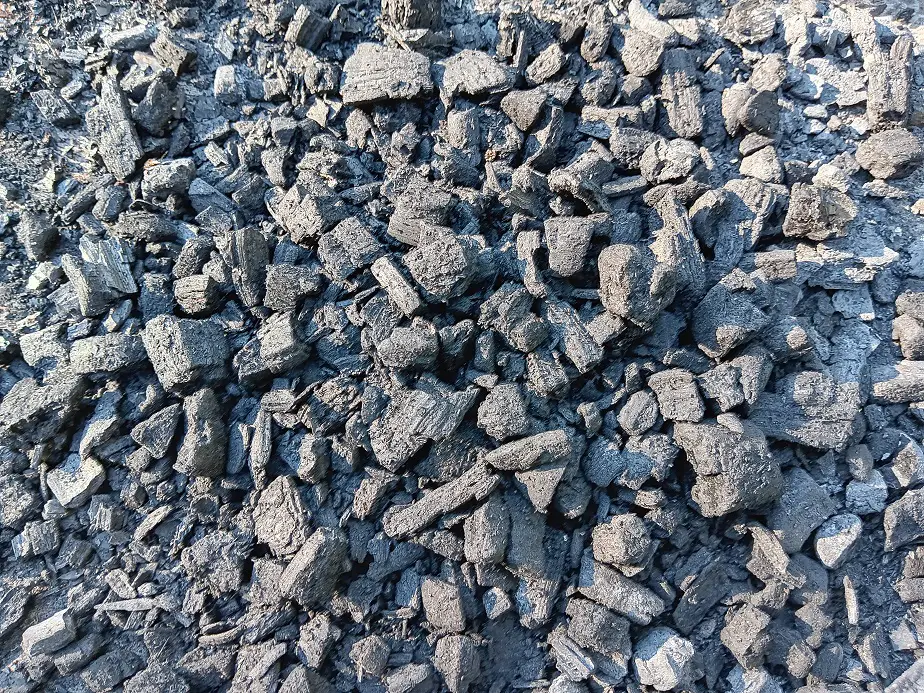
Don’t Use Biochar Powder
Biochar powder is the most common consumer-grade product on the market, However, it’s most often a poor choice for home gardeners and farmers. The biggest point of biochar is its absorption qualities. That’s mostly due to the high amount of capillary channels running through biochar. When pulverized, some of these are broken up. One large piece of biochar holds significantly more water when intact than when it’s been ground into a fine powder.
But, most of what’s for sale is a powder. I think that’s because most of the other ‘all natural’ soil amendments are also sold in powder form. I know that some people like a fine powder because it can be mixed with water and applied through field sprayers or irrigation systems. That’s a point for some operations, but you still get a larger effect from biochar if it’s in bigger chunks.
Here’s an interesting point. I have actually noticed better effects when my char is left as is. in my opinion, a proper char is naturally broken up into small pieces during the cooling process. If it’s been fully rendered with a temperature at or over 1,000 F., then it should be such a light material that it will break up as it cools and as it is handled.
I have seen this with softwood char like Poplar and with the hardest wood like Osage and Ironwood. When fully cooked, the char cracks up as it shrinks and then it tends to fall apart as it cools. Even when making it from larger pieces of wood, the vast majority of my char is smaller than 1 inch when cooled. After packing it into barrels, then shoveling it onto the soil, and raking or tilling it in, it gets broken up a bit more.
The menagerie of particle sizes I get without any processing has had the fullest effect on the condition of my soil, increases in fertility uptake, and higher counts of beneficial microbes. A powdered biochar doesn’t have that full effect.
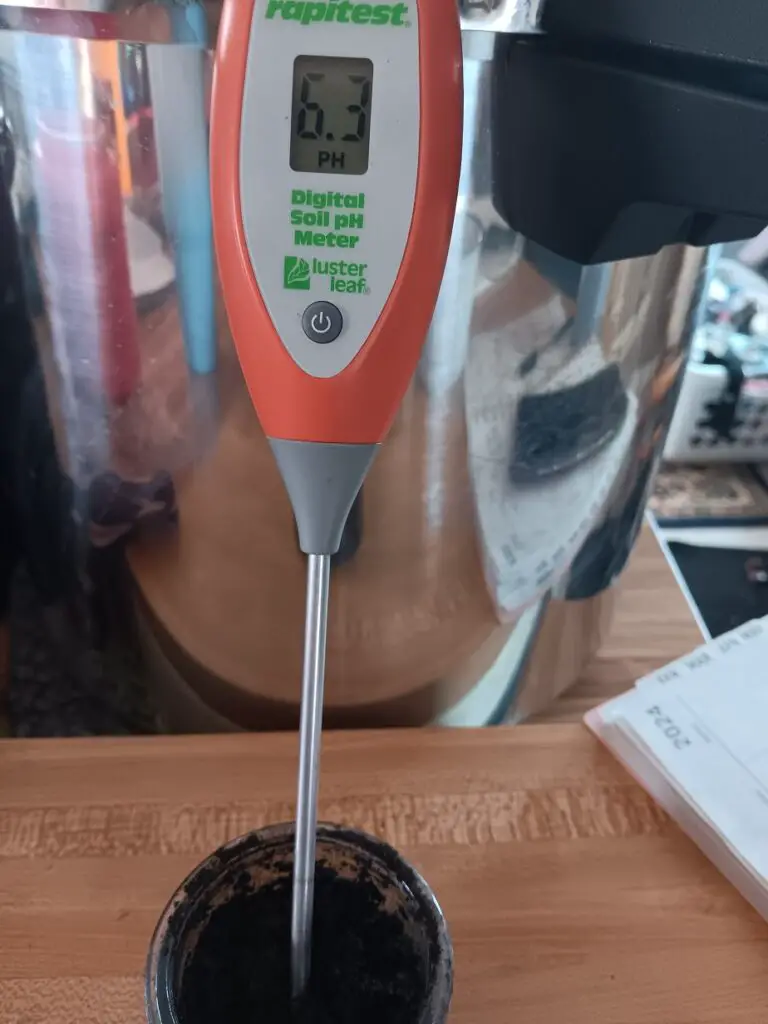
Understand Biochar pH Peculiarities
Biochar pH and the various reasons behind it need to be understood so you can rate the quality, effects, and characteristics of your material. There are two main pH versions of biochar. Hardwood and non-wood. Hardwood biochar tends to have a fairly high pH. That’s due to ash content. Dense wood creates a lot of ash during pyrolysis. Ash is quite alkaline. It’s common for wood-sourced biochar to have a pH of 8.5 and it can be higher.
The charcoal itself is around 7 pH, but the ash tends to make it alkaline. That also means a hardwood char tends to have more minerals in it and that can be used to improve soil at times. Ash is very water soluble and it actually washes out of char pretty quickly. I can rinse the ash out of char with a garden hose fairly well and the rest tends to leach out soon from rain and irrigation.
An alkaline biochar tends to very quickly become close to neutral. But if it has a high alkalinity (pH higher than 8.5), you may want to keep it away from tender plants and acid-loving plants until it’s washed well.
Acidic biochar normally means one of two things. Firstly, it’s expected that a char made from less woody, more grass-like materials to have significantly less ash, thus a lower pH than hardwood biochar. Switchgrass is one common source of biochar and it produces a moderately acidic char. That’s just the types of minerals it has in it. A slightly acidic biochar is normally very useful but if it’s lower than 5.5 pH, I’d be cautious with it around tender or sensitive plants.
Acidic biochar can also mean that it contains unburned wood or volatiles. Wood is acidic. If not completely cooked, biochar will be acidic. That means it’s not nearly as absorbent or beneficial to the microbiome. It it has an excess of unburned volatiles, they can remain in concentrated form on the char as tars of wood vinegar. That can be harmful to the microbiome and to your plants. It’s also hard on young seedlings.
You can usually tell it it’s uncooked wood by seeing how easily it crumbles in your fingers. You should be able to crunch and crunch biochar between your fingertips. A lot of what’s sold today is inferior by that standard. Unfinished wood char also has a somewhat brown color visible when you break it apart. That just means it wasn’t heated long enough.
A char containing concentrated volatiles will be black through to the center, but it will be harder and slightly greasy to the touch. It leaves a sticky or oily film on your fingers that doesn’t easily wipe off. This is a result of char cooked at too low of a temperature so some of the tougher compounds were not broken down and gassed out.
Here’s something else though. I have large piles of biochar that have been sitting out in the snow and rain all winter. I cooked it well and it was slightly alkaline when made. After a few months, it measured at a pH of 6.1. We theorized that it’s from the carbonic acid in snow and rain (both have a pH around 5.5) and that’s not anything to worry about.

Account For It’s Fertility Drain
Biochar tends to be a fertility drain on good soil for the first two or three years, depending on the amount of application. Biochar is not a fertilizer. Biochar is NPK-neutral. It will water down the NPK of your soil initially until it reaches an equilibrium with your soil’s fertility. Biochar also tends to bind up primary fertility for a period.
If I just go and put out a ton of char on your ground, it will water down the fertility somewhat because it has no fertility of its own. But, its bigger effect is how it attracts both cationic and anionic particles, a lot of what’s in fertilizer. Biochar has strong positive and negative charges at the same time through its structure. It will in effect, suck up a good bit of fertility.
As it fills up, the charge attractions start to loosen through microbiological action and mineral conductivity and the biochar allows plants to take up the nutrients. To avoid fertility drain, you will need extra fertilizer initially. You can pre-treat it or simply fertilize it during the biochar application so that there’s enough to account for the fertility drain.
Now, it’s not a huge effect unless you use a lot of char. In commercial applications, they consider 1/2 percent char topsoil ti be a heavy application rate. I have soils with over 10 percent biochar in the topsoil. M soil needed a large fertility addition. At up to 1 percent addition of biochar (a moderate sprinkled layer), I would just fertilize at an additional 10 percent the next two years.
Honestly, I think that’s a decent rate. I would be tempted to say add 10 percent fertilize for each 1 percent of biochar. I’d say about the came when adding cheap compost. There’s not much research on the matter, but my experience says that would be a decent fertility amendment figure.
For managing it’s fertility drain, I recommend mixing biochar with manure or applying manure to your soil. Here’s an article about how to use manure on both large and small plots of land.
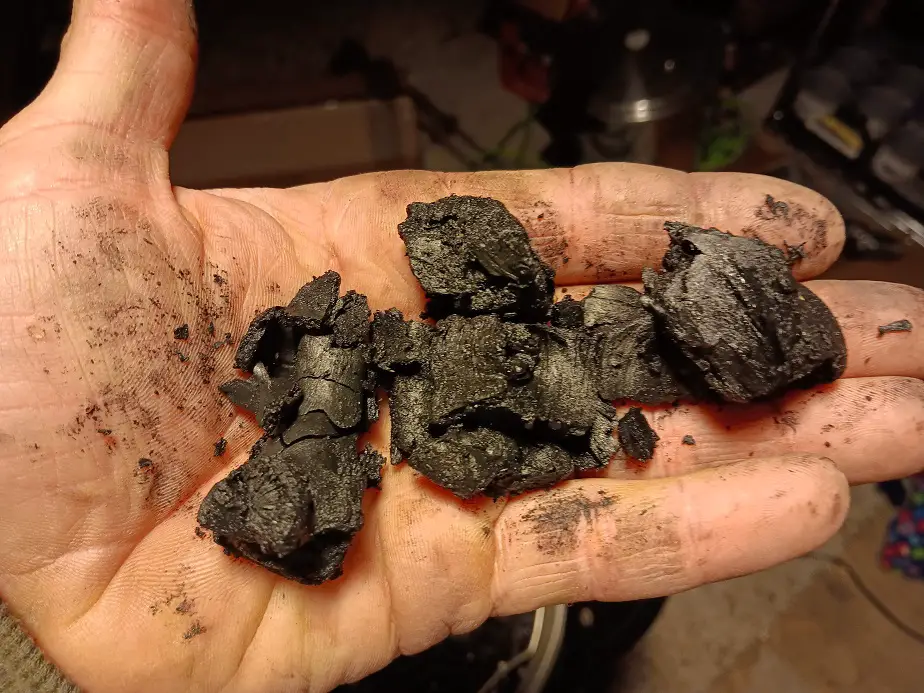
Understand the Composition of Your Specific Biochar
Biochar is usually either slightly hard or very soft. a softer biochar tends to have more absorption, but it breaks down faster with tillage and fieldwork. Most farms prefer a harder biochar while the best benefits are from a softer, spongier biochar. Hardwood biochar is preferred, but not necessarily ideal. I prefer biochar made from very soft wood.
Softwood is more porous and less dense than hardwood. When pyrolyzed, it becomes more like a stiff sponge, i can squeeze water out of a piece of wet softwood charcoal. I can’t do that to hardwood charcoal nearly as well. A friend of mine despises the soft biochar that I make. He only makes and uses a tougher char.
His reasoning is that he wants it to last longer without being beaten to a pulp in his fields. He uses it in his pig paddocks and on his fields. He wants it to withstand both swine and tractor work. In his opinion, a soft char would be a waste of time to produce. And he’s not all wrong for his specific farm.
I am mostly no-till. I seldom turn up the soil and have no worries about beating up my biochar. I want the softest char I can get. He cooks his char at a higher controlled, lower temperature than mine and he uses only oak. I prefer a soft poplar (60 percent less dense) for my char.
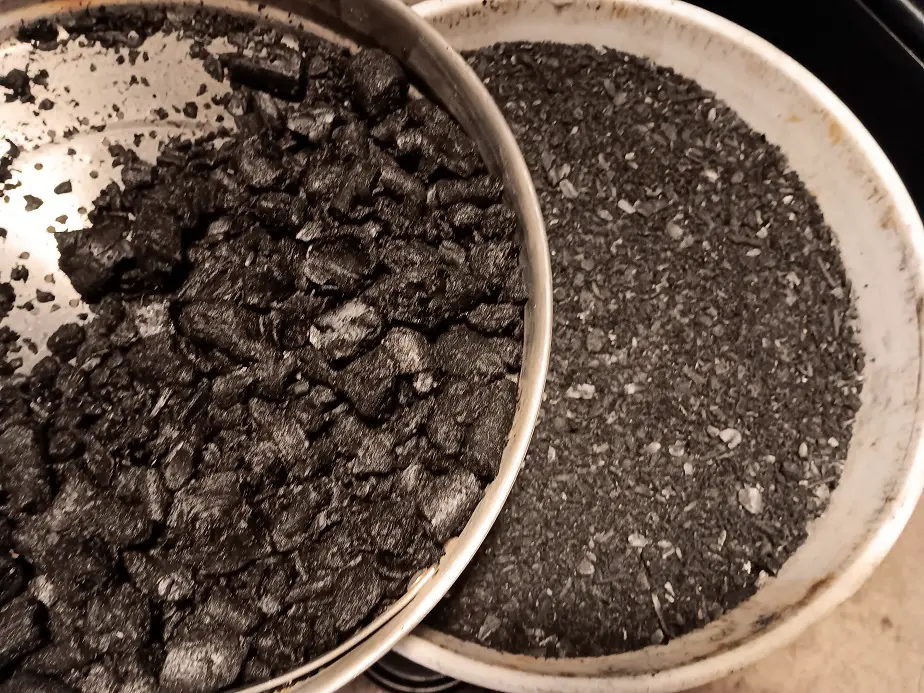
Choose the Propper Granulation
Finer biochar granulations add more fluff and tilth tio the soil. Larger granulations break up heavy soils, increase aeration, and improve drainage. Working to balance these two options will give you the most function out of your biochar amendment.
For seeding soil, I like a combination of finer and courser bits because it makes my soils more smooth and drained. When preparing a seedbed for small seeds, I can’t have many chunks because they block young seedlings and can clog or hang up on the seeder.
For a transplant bed, like most of my market garden, I can have a lot of larger chunks. They don’t really matter in that instance. I also prefer bigger hunks of biochar for my potting soil. Larger pots allow me to add some larger chunks. I like how that increases aeration and drainage while still retaining moisture within the biochar itself.
Test It Small Scale First
Before you go crazy with it, test it in a small area or go lightly with it. It’s best to start small so you can learn how to manage your plants and soil with this new addition. There aren’t that many nuances that are truly necessary to know, but if you’re inexperienced with biochar, go easy on it or consult someone with more experience.
Related Articles about biochar:

